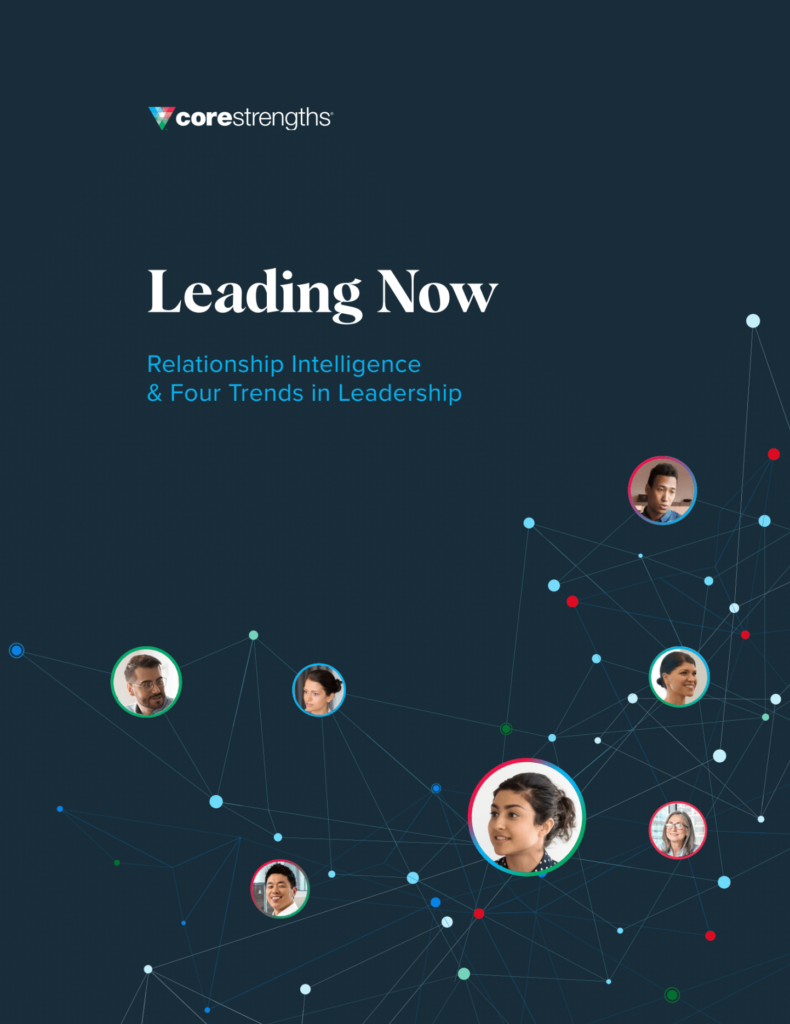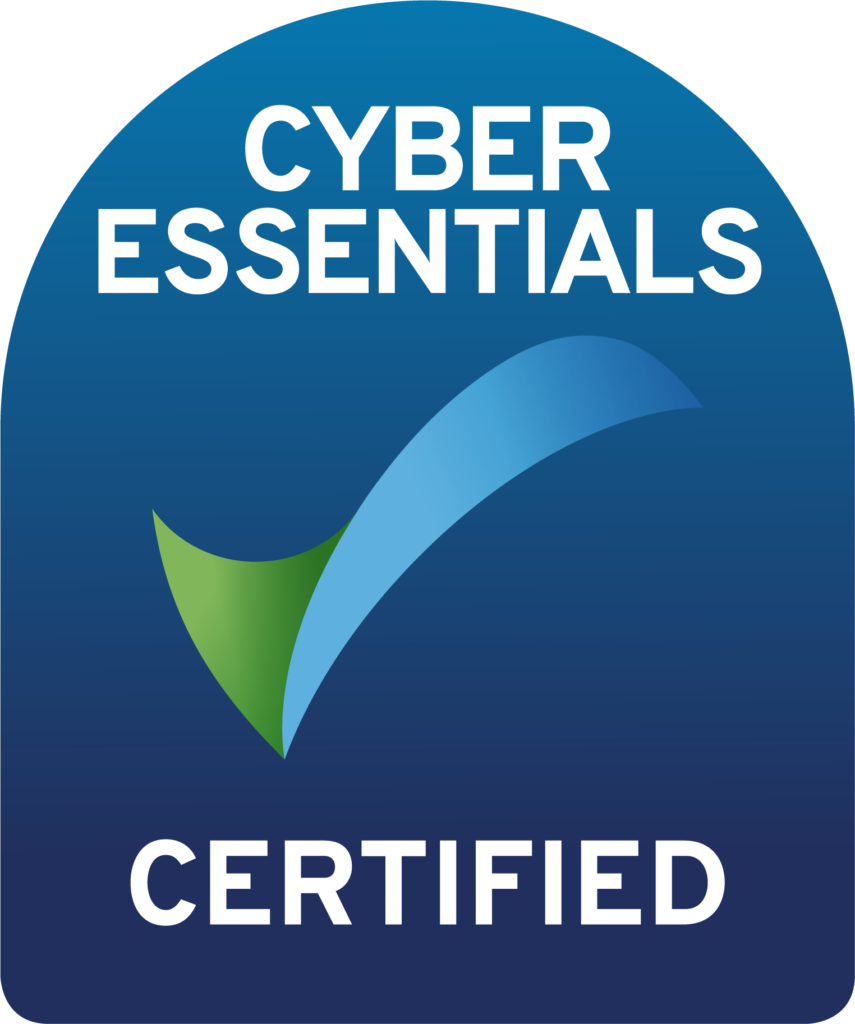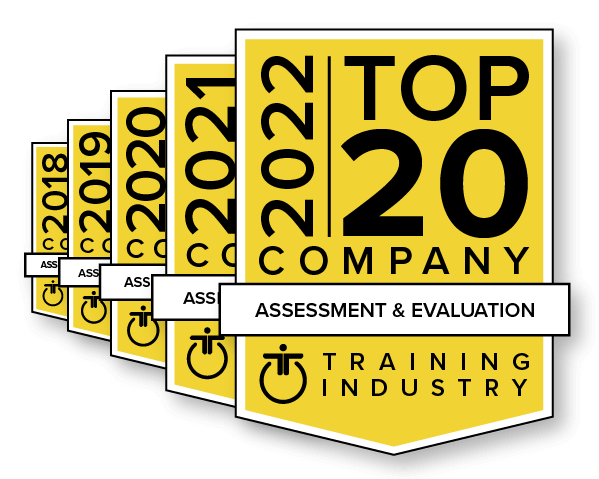THE CASE FOR LEADERSHIP DEVELOPMENT
The world is moving at a dizzying pace with technology-driven innovation changing companies and industries in dramatic ways. Despite all of the exciting new developments, employee engagement is at an all-time low. 85% of employees around the world are not engaged or are actively disengaged from their jobs. Disengaged employees have higher absenteeism, lower productivity, more accidents, and lower profitability.
What is the cause of low employee engagement? The relationship between managers and employees is a crucial driver of employee engagement, and some studies indicate that as much as 70% of employee engagement is based on this key relationship. Yet, managers’ and leaders’ responsibilities have increased significantly, making it challenging to find time to invest in these key relationships. Beyond managing outcomes, assessing performance, and hiring and firing employees, managers are now tasked with helping their direct reports navigate their careers, coaching them to success, adopting new leadership behaviors, and developing new skills and competencies. Overwhelmed and time-constrained managers continue to exacerbate the problem.
Underdeveloped Leaders are Compounding the Issue
The prevalence of underdeveloped leaders and managers across all types of organizations makes matters even worse. While 80% of respondents in a recent survey indicated that leadership is a critical issue, only 42% of leaders say that the quality of their organization’s leadership is high. In particular, 47% of leaders rated their senior leaders as high quality compared to 33% for first-level leadership.
Creating an ROI through Leadership Development
How then might we improve individual performance of leaders and managers resulting in greater employee engagement and the metrics impacted by it? By investing in the launch and improvement of leadership development programs.
LEADERSHIP DEVELOPMENT COMPONENTS
Before looking at how leadership development drives an ROI for organizations, we will first lay out the common components of leadership development programs. Leadership development programs will look different across organizations as some lean heavily on front-of-room training while others have taken to one-on-one coaching to drive rapid development of its key managers and executives. Here is a brief overview of common components of leadership development programs:
- Assessments: Assessments are a powerful tool to provide a baseline evaluation of leaders’ skills, as well as to increase individual and team awareness of the personality differences among employees. Assessments such as the Strengths Deployment Inventory 2.0 provide insight into personality to help improve communication and interactions among teammates and colleagues. Other tools are used to assess an individual’s skills and competencies over time. Regardless of the type of tool selected, all assessments are useful in providing an objective viewpoint into individual leaders that can be used to accelerate ongoing development.
- Training: In-person leadership training continues to be one of the most common components companies use to support the ongoing development of leaders and managers given its cost efficiency per employee and a long history of success. Training also offers the use of break-out groups to facilitate real-time, experiential learning, and input from all participants. With the continued development and adoption of video conferencing and collaboration tools, companies have been successful in developing and deploying virtual training by leveraging tools such as Zoom, Skype for Business, WebEx, and GoToMeeting. Doing so helps minimize costs by reducing travel and enables teams from across the globe to connect and learn in a unified environment.
- Mentorship: Many top organizations rely on both formal and informal mentorship programs to help accelerate the development of high-potentials as well as onboard new employees. Mentorship fills a critical gap that is often unaddressed by proper manager coaching given the lack of time managers can devote to developing their direct reports. Mentees who seek out multiple mentors gain the added benefit of different expertise, career experiences, and insight to support their ongoing development. Some of the fastest developing leaders form an informal board of advisers to support their continued development.
- Executive Coaching: Executive coaching is another key element of leadership development given its efficacy and ability to provide real-time, iterative coaching to drive the adoption of new leadership mindsets, behaviors, and skills. Companies hire both in-house and external coaches to develop high-potentials, managers, and senior leaders. Coaching isn’t as scalable as training given its high cost per employee and thus is most effective when deployed at key leverage points within an organization to drive meaningful change.
- Management: Managers continue to be a key inoculation point for the development of individual contributors. The best managers, despite the scarcity of time, act as coaches to their direct reports to understand their career goals and aspirations. They use one-on-one meetings, not as a command and control exercise, but to find ways to support their ongoing development and act as a resource for growth. Successful coaching conversations create new awareness of possibilities and close gaps to ongoing leadership development issues. Unfortunately, most managers struggle to find consistent time to develop their direct reports, and check-ins often end up being less about coaching and more about managing tasks and deadlines.
- Technology Enabled Learning: HR leaders are increasingly turning to technology to support traditional leadership development efforts. From mobile apps providing leadership tips to just-in-time insights provided by tools such as the Core Strengths Platform, leaders and managers are armed with an array of knowledge to support their ongoing development. Technology by itself will not solve all leadership development ills, but its cost efficiency and ability to be used on the go are compelling reasons to adopt technologies to develop leaders within an organization.
HOW LEADERSHIP DEVELOPMENT CREATES AN ROI
So how does leadership development drive an ROI for an organization? Investing time, human capital, and budget to developing leaders creates an ROI in three critical ways: improving individual leadership performance, accelerating team performance, and improving employee engagement among direct reports.
Better Leaders Have Greater Impact and are More Productive
The first way leadership development programs create an ROI is by increasing the performance of individual leaders. Programs do so by improving a leader’s productivity as well as that of their team. By learning how to manage time more effectively by prioritizing and spending time on the most important tasks and focusing on output and not just time spent on tasks, leaders become more productive. In an era of lean organizations where incremental budget and headcount is hard to come by, increasing productivity is a necessity given employees are already working more strenuously than ever. The key is to work smarter, not harder.
In addition, helping leaders improve both the efficiency and efficacy of their communication also helps generate an ROI. A Genpact/MIT Sloan Management Review Study in 2016 found that there is a 74% correlation between quality relationships, communication patterns and individual performance. Therefore, leadership development programs aimed at improving communication and relationships will lead to increased individual performance.
Further, leadership development programs that equip leaders and managers to better manage conflict can directly impact the bottom line through greater productivity, as well as increase collaboration and innovation. Leaders and managers can learn to better prevent and manage conflict through greater awareness of individual motives, strengths, and personality differences. Leaders can also learn to communicate in a manner that is better received and leads to less conflict. According to one study, the annual cost of conflict is $359 billion, which equates to approximately 2.8 hours per week by US employees. Imagine the impact to your organization if each employee was able to recoup almost 3 hours per week to direct towards high-value tasks in place of conflict.
Better Leaders Build Better Teams
Investing in leadership development also creates an ROI by improving team effectiveness. Specifically, leadership development focused on the effectiveness of leadership teams increases ROI through higher levels of trust, lower conflict, stronger communication, increased collaboration, better and faster decision making, and more accountability.
At its most basic level, the success of teams starts with greater understanding of individual and group personalities and preferences as well as an ability to communicate and collaborate with different types of people. Leadership development efforts that support greater awareness of motives and strengths and the adoption of new communication styles will lead to higher performing teams. Given teams are where real works get done, investing in the improvement of team performance yields an ROI from leadership development efforts.
ROI from Higher Employee Engagement
As noted above, the relationship between managers and their direct reports is the key driver of employee engagement. Developing leaders who can inspire, empower, and build up their team members will directly impact employee engagement. Efforts to improve these key relationships will also provide both short and long term benefits. After all, people don’t quit jobs, they quit managers. Higher employee engagement will ultimately lead to lower attrition and support hiring efforts – one of the biggest challenges in the current marketplace.
The benefits of increasing employee engagement are clear. Organizations with higher employee engagement metrics boast earnings-per-share growth an astounding four times that of their competition. In addition, companies in the first quartile of employee engagement also have 21% higher profitability as compared to companies in the lowest quartile.
TIPS TO IMPROVE THE ROI OF LEADERSHIP DEVELOPMENT PROGRAMS
Even with the best intentions, many leadership development programs fail to generate any ROI for their organizations. Below are a few tips to improve the success of your leadership development programs.
- Start with the End in Mind: The best leadership development programs don’t focus on behavior change merely for the sake of behavior change. Rather, they connect the behavior changes required to their current business context. For example, a company seeking greater innovation to capture new growth opportunities will focus its efforts to improve communication and collaboration. On the other hand, a company facing a slow-growing marketplace will focus on greater analytical and process reengineering skills to streamline processes and identify excess costs that can be eliminated.
- Focus on the Right People: Given the cost of leadership development, companies should be sure to focus their efforts on the people with the greatest potential to change as well as those at key leverage points in the organization. In addition, companies should be sure to match the leadership development mode with the needs of the employees. For example, training is a great tool for front-line employees and individual contributors given its cost efficiency and ability to convey broad concepts, while executive coaching should be reserved for senior leaders with a proclivity to grow and improve.
- Make it Experiential: Experience shows that people remember more of what they do as compared to what they read and hear. Given the way people best learn and retain information, be sure to create interactive and experiential exercises to practice the new behaviors in real-time and anchor it in real work. Include exercises that require taking action while practicing new behaviors connected to an actual business topic they are facing.
- Provide Tools to Sustain Learning: Sustaining the efficacy and learnings of leadership development programs is a key challenge of such efforts. To help sustain their efficacy, provide tools such as mobile apps, quick guides, and email reminders to keep information top of mind. In addition, learning can be sustained and reinforced if the content and insights can be easily ported into Learning Management Systems and one-on-one check-in agendas between managers and their direct reports. Providing talking points and questions aimed at the particular leadership development content will ensure continual progress is made.
- Measure More than Participant Feedback: To ensure your leadership development programs are creating meaningful change, go beyond measuring participant feedback and look at additional measures such as individual productivity before and after the program, employee promotions over the next few years after the course, and 360 feedback focused on the behaviors that are being addressed through the leadership development program. Doing so will help quantify progress and justify continued investment as well as identify programs needing refinement to deliver meaningful results.
NEXT STEPS
Leadership development continues to be one of the highest priorities for CEOs, heads of learning and development, and fellow executive team members and warrants time, effort, and budget to help achieve organizational goals. There are various tools, courses, and programs to consider, and it’s essential to design the program to match the organization’s needs and objectives. The right program can help accelerate the development of leaders and managers to drive improved individual leadership performance, greater team effectiveness, and higher levels of employee engagement, all of which will deliver an ROI.
To learn how Core Strengths can apply its market-leading Strengths Deployment Inventory 2.0 assessment, Results through Relationships training course, and Platform to deliver on your leadership development goals, check out our resources page here.








